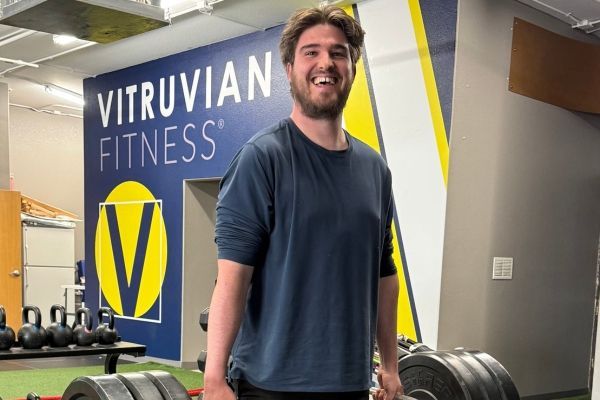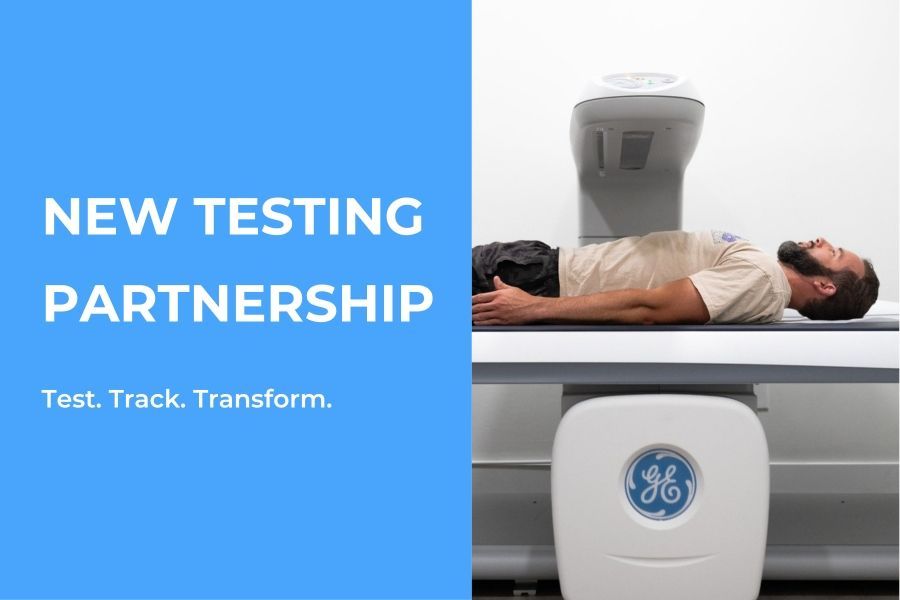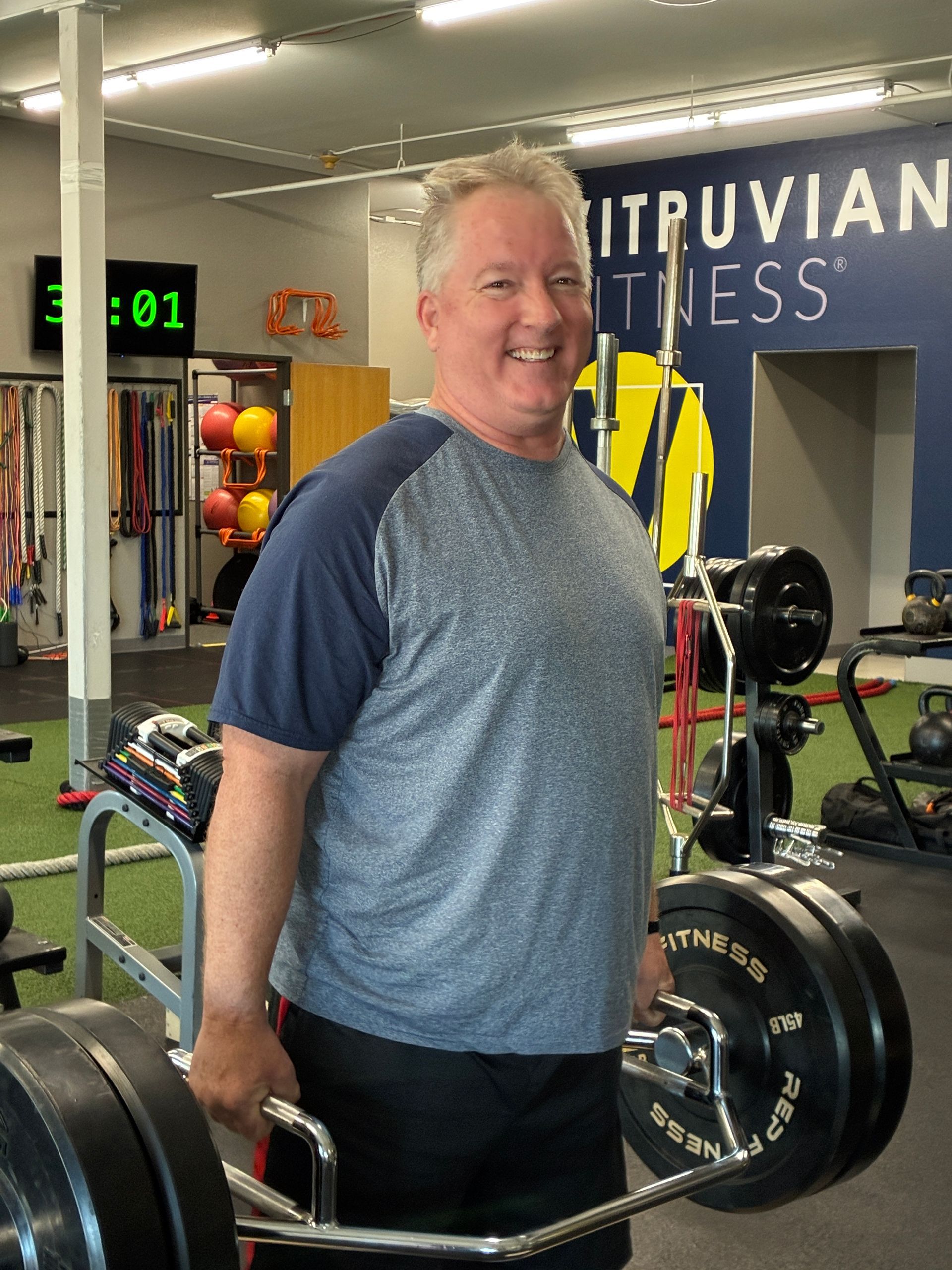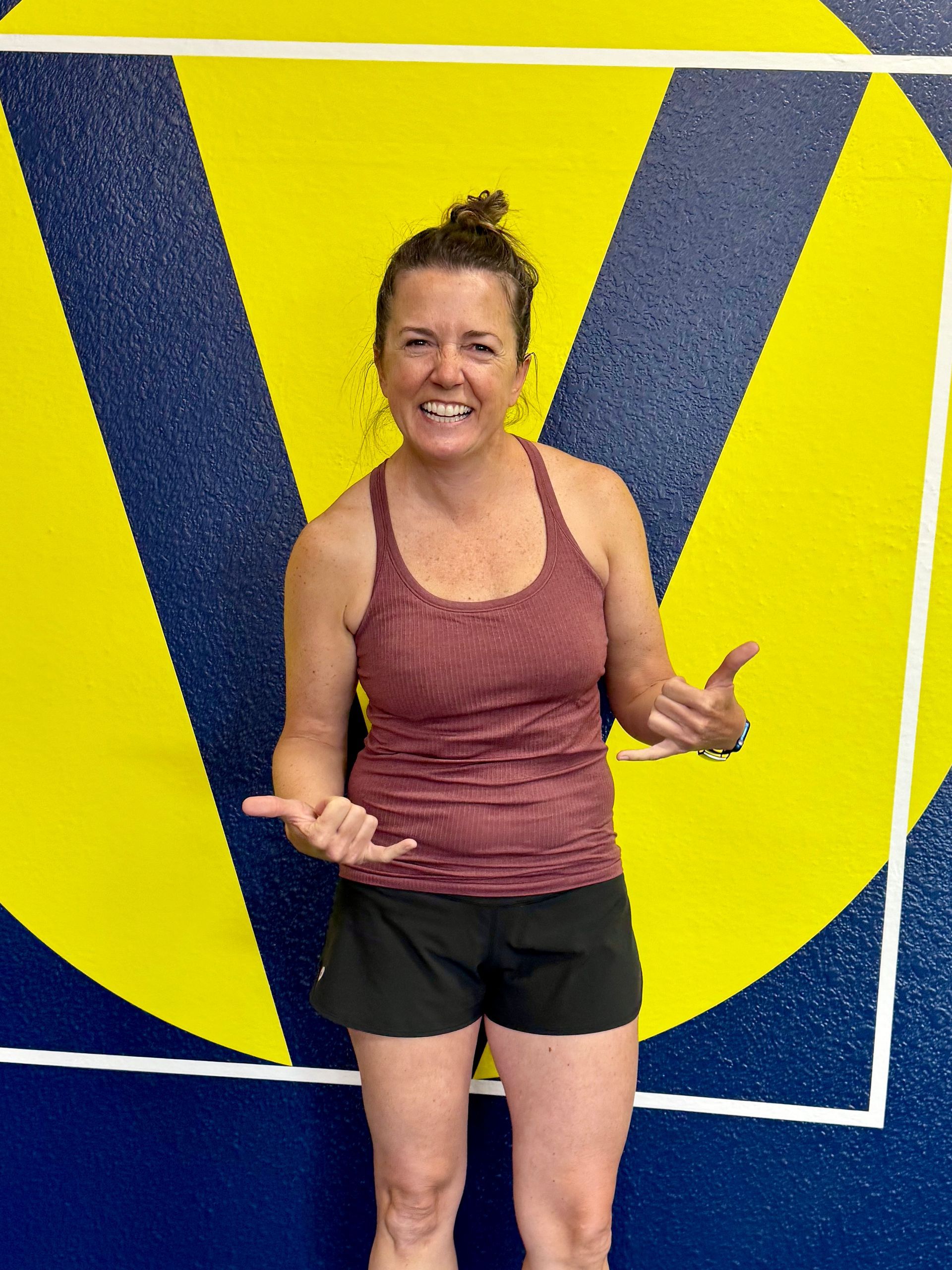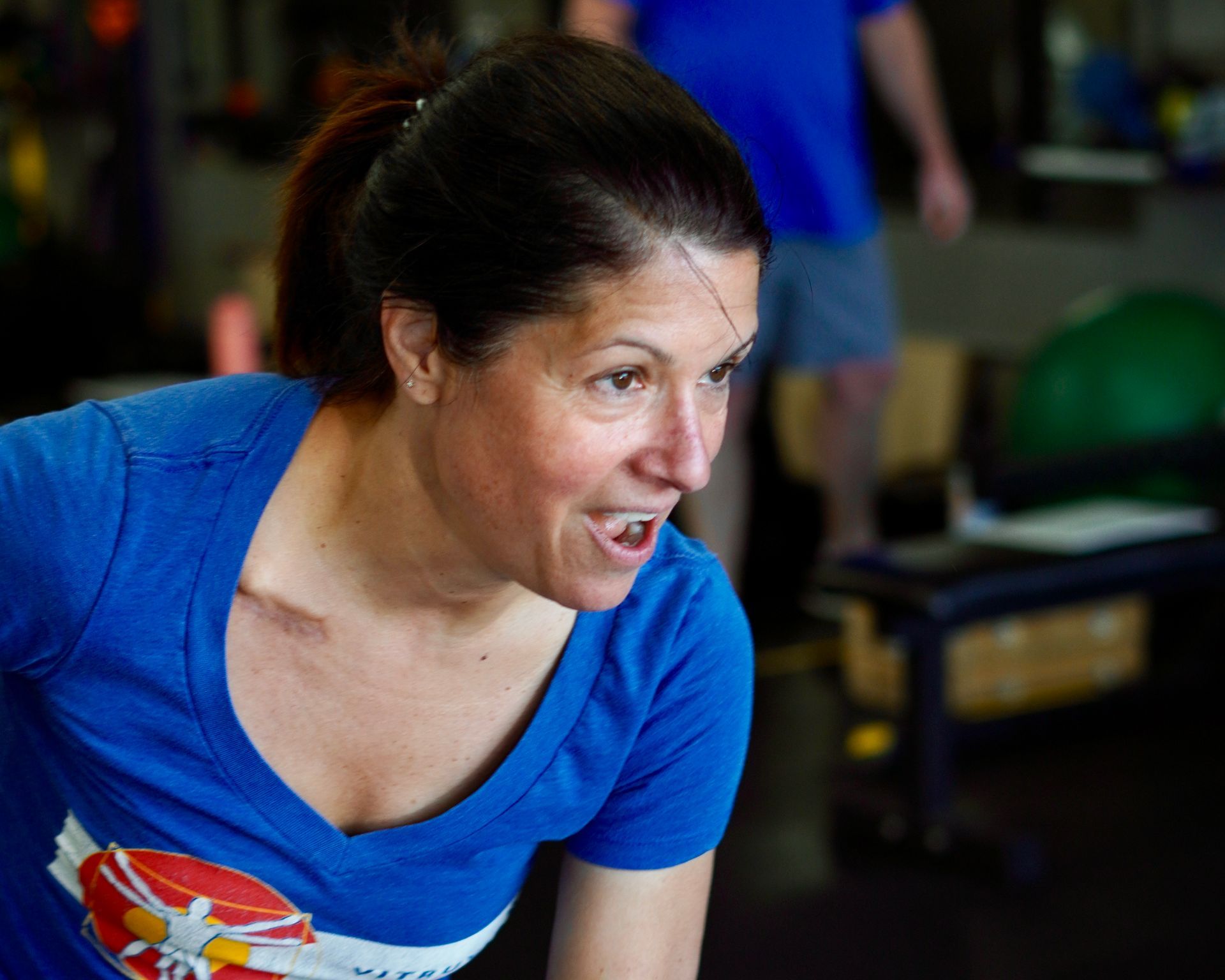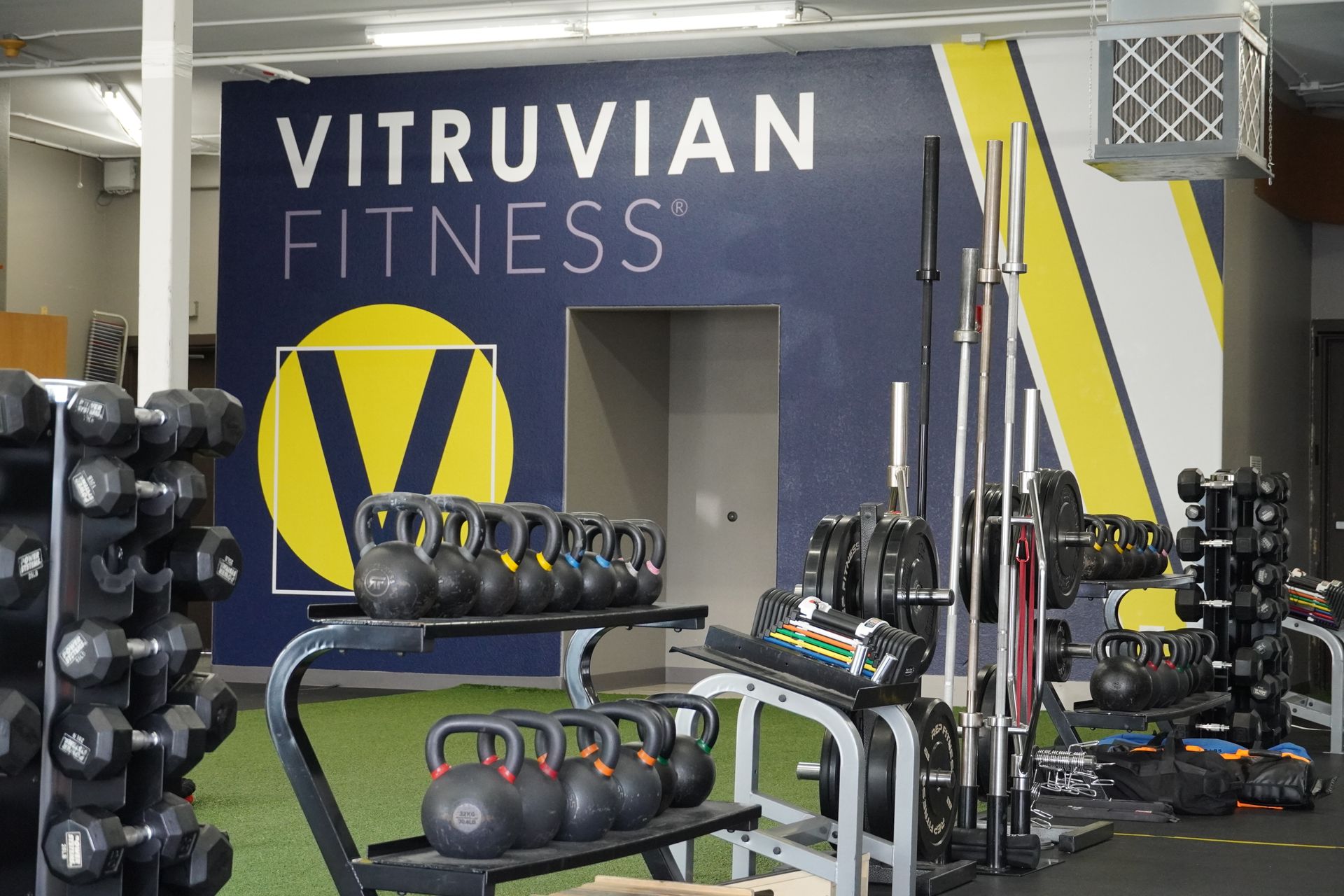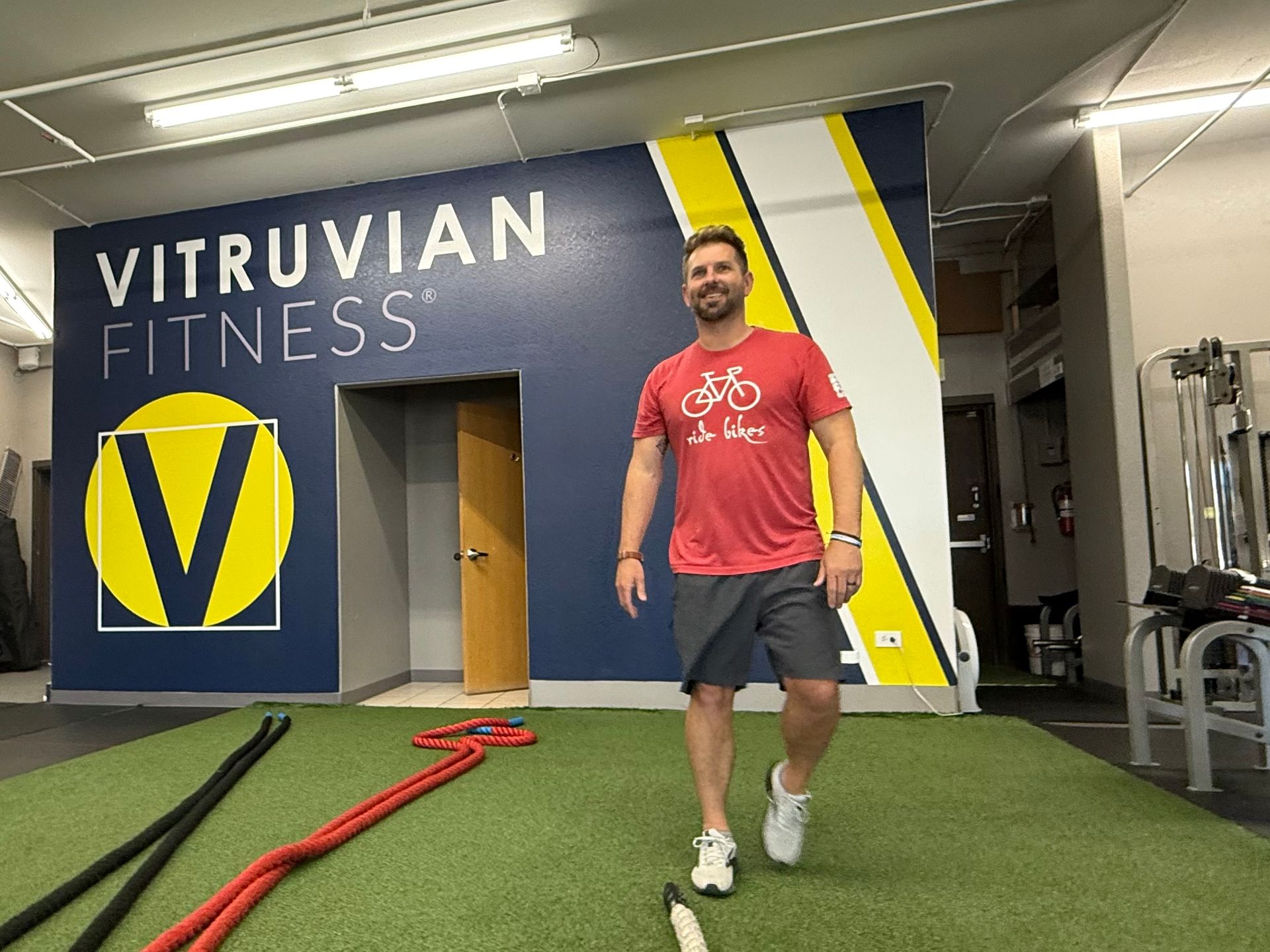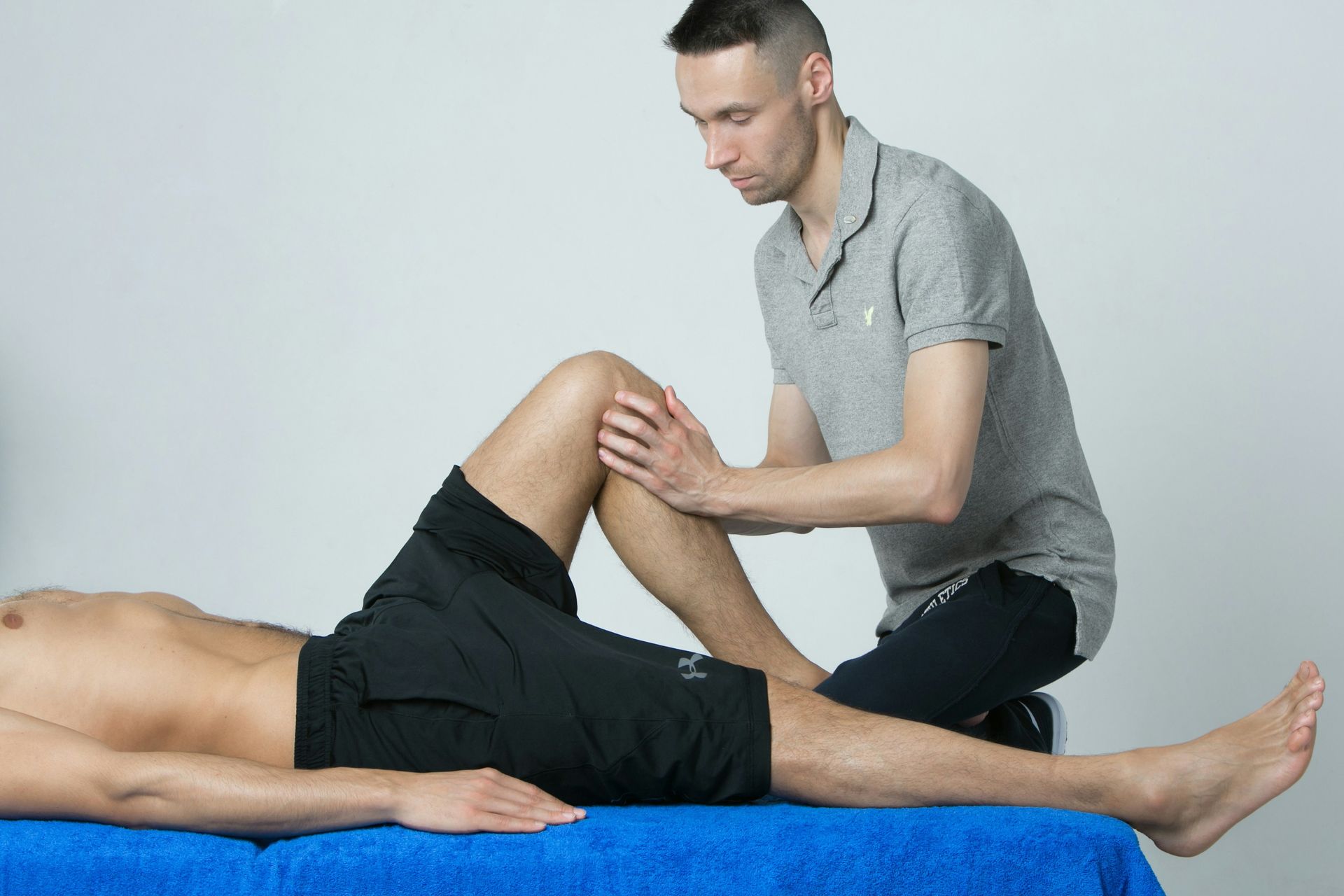Get Started in 3 Easy Steps

Book a Free Call
Let’s chat. No pressure, no sales pitch. Just a friendly conversation to hear about your goals, your roadblocks, and what you want out of this.
We’ll help you see what’s possible and how we can make it happen together.
👉 Hit the Get Started button to schedule your free call.

Visit the Gym
Your first visit is all about getting to know each other.
We’ll talk through your health history, your goals, and how your body moves without judgment, stress, or awkward drills.
You’ll leave knowing exactly how we’ll help you get stronger, feel better, and train safely.

Start Feeling Strong and Capable
We’ll create a personalized training program based on your goals and where you’re starting from.
Then we’ll teach you how to do everything step by step.
You won’t just move better and feel stronger…
You’ll feel proud that you finally took action on your health and excited to keep going.
What you get during your 14-Day Trial
A Personal Game Plan
We start by getting to know you and your history. Then we do a movement review to build a plan around you—your goals, your injuries, your schedule.
Coaching Every Session
No guesswork. No wandering around wondering what to do. Our expert coaches guide you through every workout safely and effectively.
Your Own Program in a Small Group Setting
Work out alongside others, but you do your own thing and they do theirs. Your program is customized for your needs, your body, your future.
Real Progress
Start feeling stronger, moving better, and gaining confidence from Day One. This is about feeling accomplished —not getting crushed.
No Intimidation. No Pressure. No Gimmicks.
We’re here to help, not hustle you. If it’s a good fit, you’ll know. If not, you’ll still walk away with a better sense of what your body needs.
Ready to Take the First Step?
It’s just 14 days. You’ve already done harder things.
Happy Clients
Recent Blog Posts
